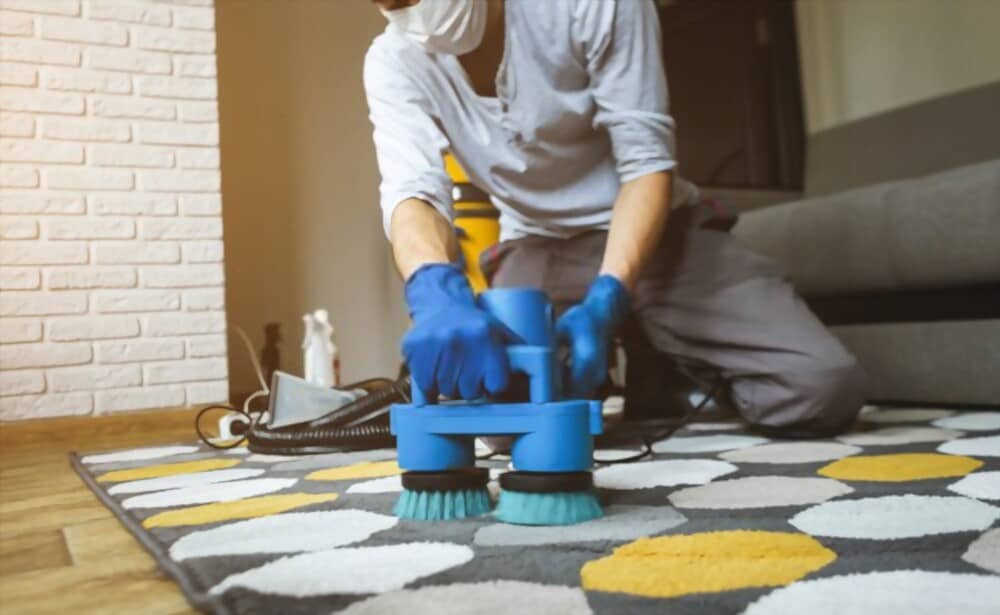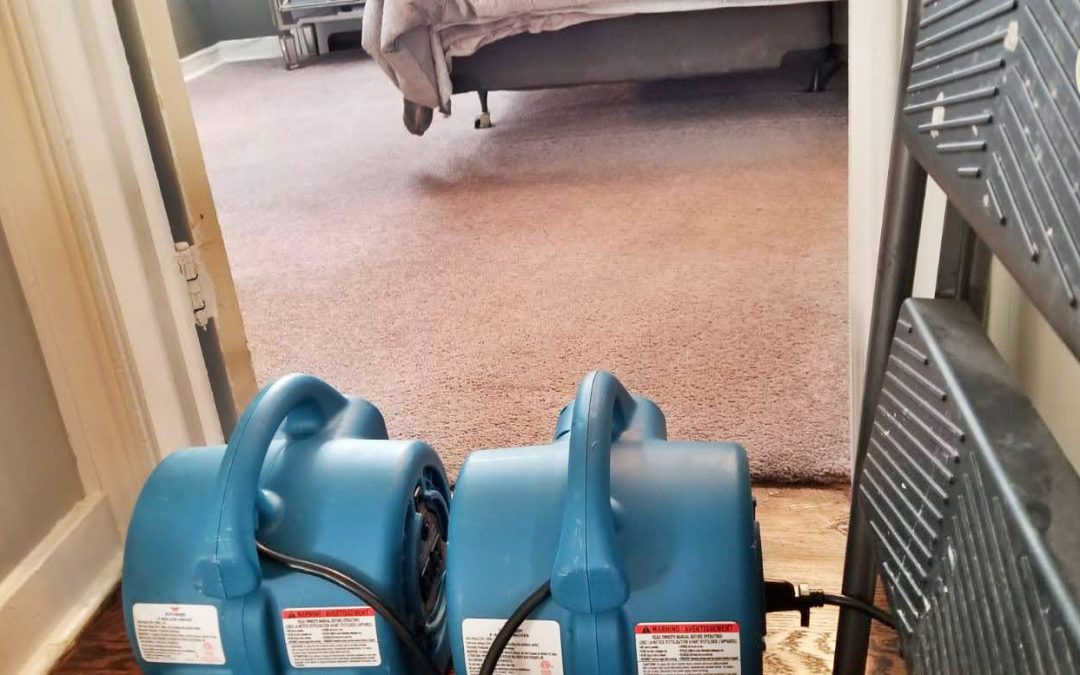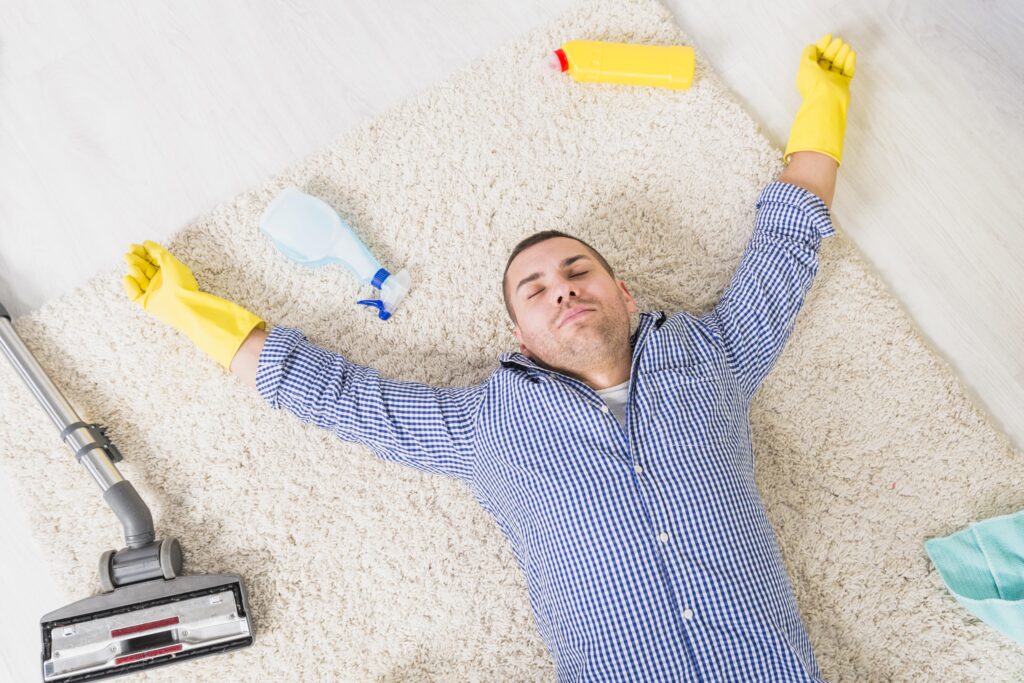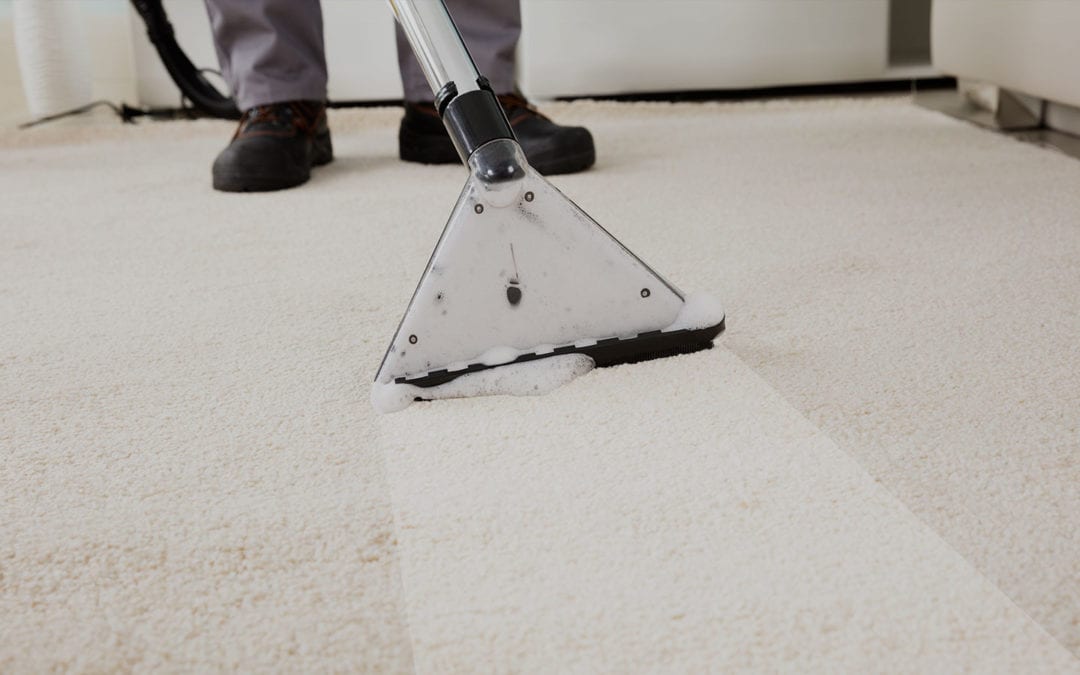Introduction
After a thorough carpet cleaning, waiting for your carpets to dry can feel like an eternity. However, there are several effective strategies you can implement to expedite the drying process. From adjusting ventilation to utilizing specialized equipment, these quick tips will have your carpets dry and ready for use in no time.
Proper Ventilation
One of the simplest yet most effective ways to speed up carpet drying is to ensure adequate ventilation in the cleaned area. Open windows and doors to allow fresh air to circulate, facilitating faster evaporation of moisture from the carpet fibers. Additionally, using fans to increase airflow can significantly reduce drying time.

Turn on Ceiling Fans
Ceiling fans can be a valuable asset in accelerating carpet drying. By setting your ceiling fans to rotate counterclockwise at a high speed, you can promote air circulation throughout the room, helping moisture evaporate more quickly from the carpet surface.
Use Dehumidifiers
Dehumidifiers are excellent tools for removing excess moisture from the air, which can expedite the drying process. Place one or more dehumidifiers in the cleaned area to extract humidity, allowing carpets to dry faster and preventing the growth of mold and mildew.
Blot Excess Moisture
After carpet cleaning, use clean towels or paper towels to blot any excess moisture from the surface of the carpet. Press firmly on the damp areas to absorb as much water as possible. This simple step can significantly reduce drying time and prevent water from seeping deeper into the carpet padding.

Utilize Carpet Dryers
Carpet dryers, also known as air movers, are specially designed to expedite the drying process by directing a high-velocity airflow across the carpet surface. Position the carpet dryers strategically to cover the entire cleaned area, ensuring thorough and efficient drying.
Increase Room Temperature
Warmer temperatures can help accelerate the evaporation of moisture from carpets. If possible, adjust the thermostat in the cleaned area to a slightly higher temperature to create a more favorable drying environment. However, be mindful not to raise the temperature too high, as excessive heat can damage carpet fibers.
Elevate Furniture
To prevent furniture legs from creating indentations or trapping moisture in the carpet, elevate them using furniture pads or aluminum foil after cleaning. This allows air to circulate freely underneath the furniture, promoting faster drying and minimizing the risk of damage to your carpets.

Schedule Professional Cleaning Early
If you’re planning to have your carpets professionally cleaned, consider scheduling the cleaning appointment earlier in the day. This allows ample time for the carpets to dry naturally with the help of daylight and ventilation, reducing the need for additional drying methods.
Use Absorbent Powders or Sprays
Absorbent powders or sprays designed specifically for carpets cleaning can help absorb excess moisture and speed up the drying process. Apply the product according to the manufacturer’s instructions after cleaning, then vacuum it up once the carpet is dry to leave behind a fresh, clean scent.

Monitor Drying Progress
Throughout the drying process, periodically check the moisture level of the carpets using a moisture meter or by touching the carpet surface with your hand. Once the carpets feel dry to the touch and the moisture meter indicates an acceptable level, you can safely resume normal activities on your freshly cleaned carpets.
Professional Steam Cleaning
Professional steam cleaning is an effective method for deep cleaning carpets, but it can also leave them damp for a longer period. To expedite drying after steam cleaning, consider hiring a professional carpet cleaner who utilizes powerful extraction equipment to remove excess moisture from the carpet fibers efficiently.

Time Your Cleaning
Timing your carpets cleaning can also play a significant role in speeding up the drying process. Choose a time when the weather forecast predicts low humidity and mild temperatures, as these conditions are conducive to faster carpet drying. Avoid scheduling carpet cleaning on rainy or excessively humid days, as it can prolong drying time.
Invest in a Carpet Rake
A carpet rake is a handy tool that can help fluff up carpets fibers and promote airflow, facilitating faster drying. After cleaning, gently rake the carpet in the direction of the pile to loosen any compacted areas and encourage quicker evaporation of moisture. This simple step can make a noticeable difference in drying time.
Use Towel Drying Techniques
In addition to blotting excess moisture with towels, you can also employ towel drying techniques to further expedite the drying process. Lay clean towels over damp areas of the carpets and press down firmly to absorb remaining moisture. Repeat this process with dry towels until minimal moisture remains, helping the carpet dry more quickly.
Employ Natural Remedies
Natural remedies such as baking soda or cornstarch can help absorb moisture from carpets and eliminate odors, expediting the drying process. Sprinkle a generous amount of baking soda or cornstarch over the damp carpet, allow it to sit for several hours, then vacuum it up. Not only will this help dry the carpet faster, but it will also leave it smelling fresh and clean.
Rotate Furniture
If possible, rotate furniture in the cleaned area to expose different sections of the carpets to airflow and promote even drying. By repositioning furniture periodically during the drying process, you can prevent moisture from becoming trapped underneath heavy items and ensure thorough drying across the entire carpet surface.
Consider Carpet Protectors
Applying a carpet protector after cleaning can help repel liquids and prevent stains, but it can also create a barrier that slows down drying. If you’ve recently applied a carpets protector, consider using a fan or dehumidifier to expedite drying and ensure the protector sets properly. Follow manufacturer recommendations for optimal drying times.
Monitor Indoor Humidity Levels
Indoor humidity levels can impact the rate at which carpets dry after cleaning. Use a hygrometer to monitor humidity levels in the cleaned area and adjust ventilation or use dehumidifiers as needed to maintain a low humidity environment. Lower humidity levels will facilitate faster evaporation of moisture from the carpets fibers.
Conclusion
By implementing these quick tips for speeding up carpet drying after cleaning, you can minimize downtime and enjoy fresh, clean carpets in your home or business sooner. From optimizing ventilation to utilizing specialized equipment, these strategies are simple yet effective in expediting the drying process and maintaining the health and appearance of your carpets.
